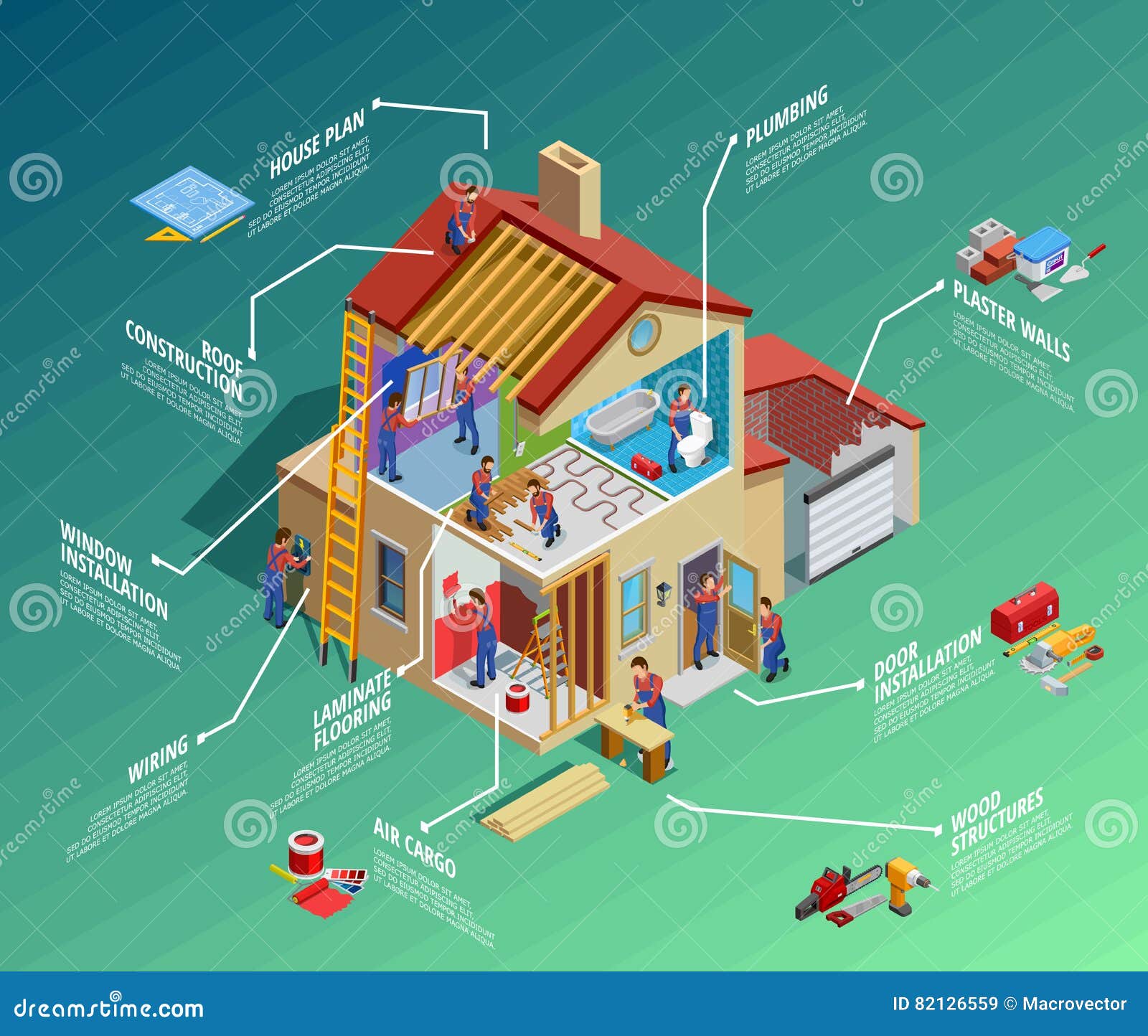How Climate Conditions Forming Roof Covering Installment: The Most Effective Seasons For An Effective End Result
How Climate Conditions Forming Roof Covering Installment: The Most Effective Seasons For An Effective End Result
Blog Article
Writer-Jantzen Timm
When it pertains to roof setups, the weather condition can make or damage the job. Picture the aggravation of handling products that will not comply as a result of extreme heat or battling unsafe surface areas triggered by unexpected rainfall. Recognizing the effect of weather conditions on your roofing job is important for a successful outcome. So, let's explore how various weather condition aspects can affect the high quality and durability of your roofing installment, making sure a work well done.
Effect of Temperature on Roofing Setup
When it involves roof installment, temperature plays an essential function while doing so. The ideal temperature for roof projects commonly drops between 45 and 85 degrees Fahrenheit. Severe heat can cause materials like roof shingles to end up being as well flexible, leading to possible damages throughout installment. On linked web page , cold temperatures can make materials brittle and prone to splitting. It is very important to schedule roofing system installations during modest temperatures to make certain the most effective result.
During colder climate, service providers may require to take added precautions such as using heated devices or enabling products to warm up before installment.
On the other hand, heat might need job to be done previously or later on in the day to avoid the peak temperature levels. By considering the temperature level and its impacts on roof covering products, you can assist make certain a successful setup that will certainly hold up against the components for years to come.
Effect of Precipitation on Roof Projects
Roof jobs can be substantially impacted by precipitation, affecting both the timeline and the high quality of the installment. Rain or snow can create unsafe conditions, making it unsafe for roofers to work on a wet surface area. Additionally, moisture can endanger the adhesion of products like roof shingles or underlayment, bring about possible leakages or damages in the future.
If it rainfalls throughout a roof job, the water can permeate right into at risk locations, triggering hold-ups as the installation team need to wait on the roof to completely dry prior to proceeding. Extreme dampness can likewise promote the development of mold and mildew and mold, additional endangering the honesty of the roofing.
To stay clear of these concerns, it's recommended to schedule roof covering tasks during drier periods or keep track of the weather forecast carefully to intend around any type of possible rainstorms. By taking preventative measures to operate in favorable climate condition, you can guarantee a smoother and more effective roof installation procedure.
Influence of Wind Rate on Setup Success
Throughout roof covering installment, the speed of the wind plays a critical role in determining the success of the task. High wind speeds can present substantial difficulties to roofing professionals, potentially resulting in safety and security hazards and top quality concerns. When wind rates go beyond suggested limits, it comes to be challenging to handle materials, boosting the risk of accidents and damages to the roof covering products. Solid gusts can likewise affect the precision of measurements and the accuracy needed for proper setup.
To make sure a successful roof installation, it's necessary to keep track of and take into consideration wind rates. Ideally, roof installment should happen on days with reduced to modest wind rates. This not only boosts the security of the employees but additionally enhances the general high quality of the setup.
Roof jobs scheduled during tranquil climate condition are more likely to be finished efficiently and with less errors. By taking https://damienhcwqk.blog-ezine.com/29325872/a-comprehensive-analysis-of-the-merits-and-limitations-of-various-roof-covering-products of wind speed forecasts and preparing as necessary, you can assist ensure a smooth and successful roof setup process.
Final thought
So, when it comes to roof covering installation, remember to think about the weather conditions to make certain a successful job. Optimal temperatures, dry conditions, and modest wind rates are key variables to prioritize for a smooth setup process. By scheduling your project throughout the best periods and suitable weather conditions, you can accomplish a long lasting and durable roofing system that will certainly safeguard your home for several years ahead.
